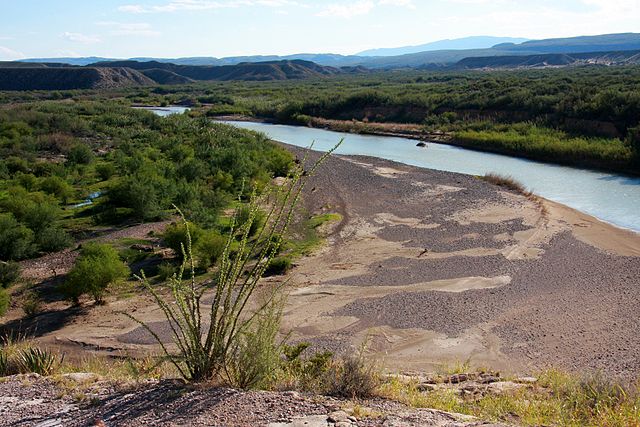We just learned about the Mexico State of
Guerrero, home of Acapulco.
Another Mexico State is
Tamaulipas.
It is on the Northeast part of Mexico, with the US to the north, and the Gulf of Mexico to the east.

(from: wikipedia -
tamaulipas)
On the the coat of arms of Tamaulipas, the top left shows corn for farming, the top center is the shield of the Count of Sierra Gorda and the top right is cattle for the animal farms.
In the middle is the large hill the Cerro del Bernal.
The bottom left has boats for fishing, farming in the middle, and oil machines on the right side.

(from: wikipedia -
tamaulipas)
The Sierra Madre Oriental mountains go through this Mexico State.

(from: wikipedia -
sierra madre oriental)
The Rio Grande is a river that is on the north border of the state, with the US on the other side.

(from: wikipedia -
tamaulipas)
There is a plaza called Plaza de Armas in Tampico, with many famous old buildings.

(from: wikipedia -
tampico)
Kid Facts - Blast from the past: Talkeetna Mountains













